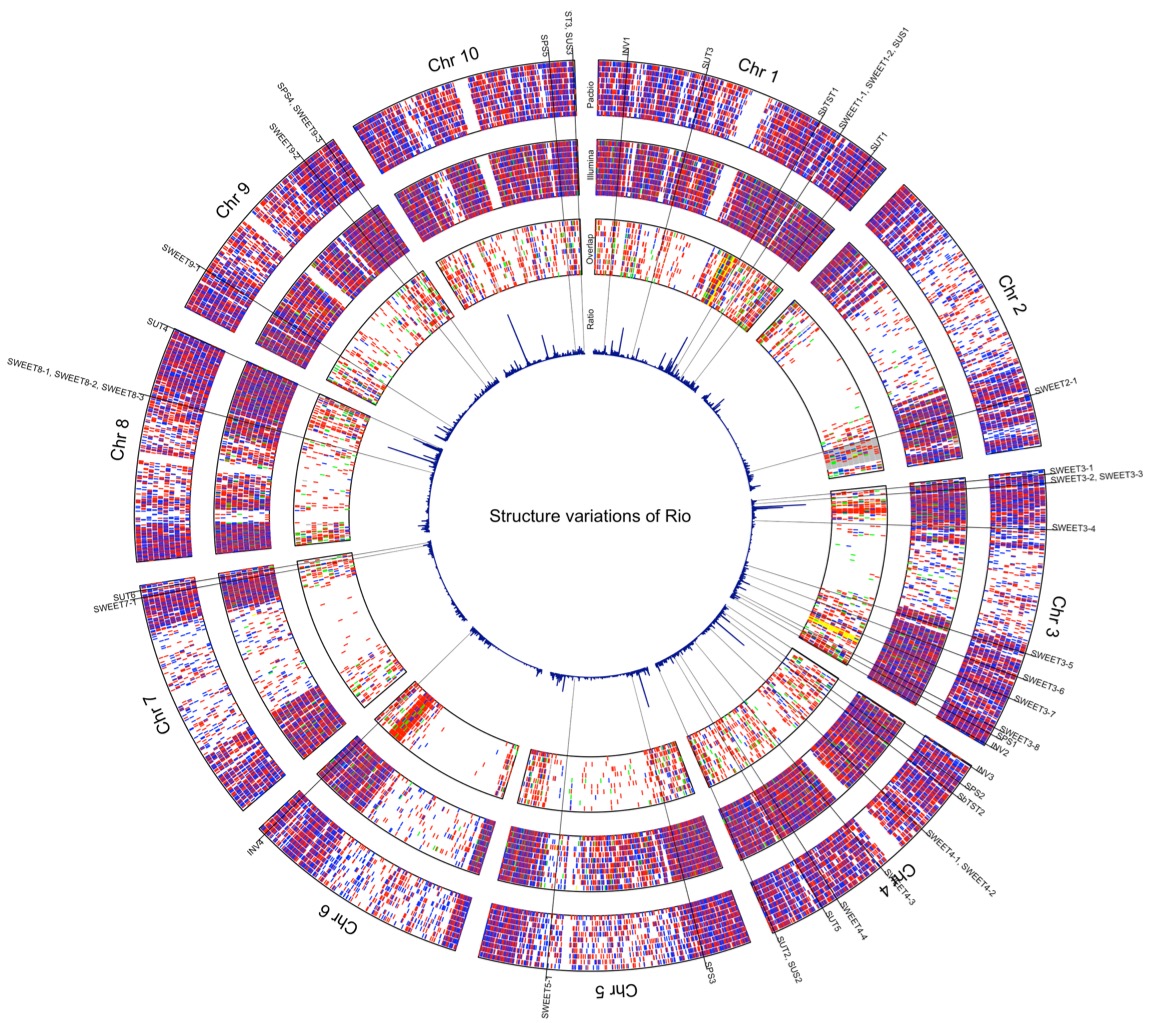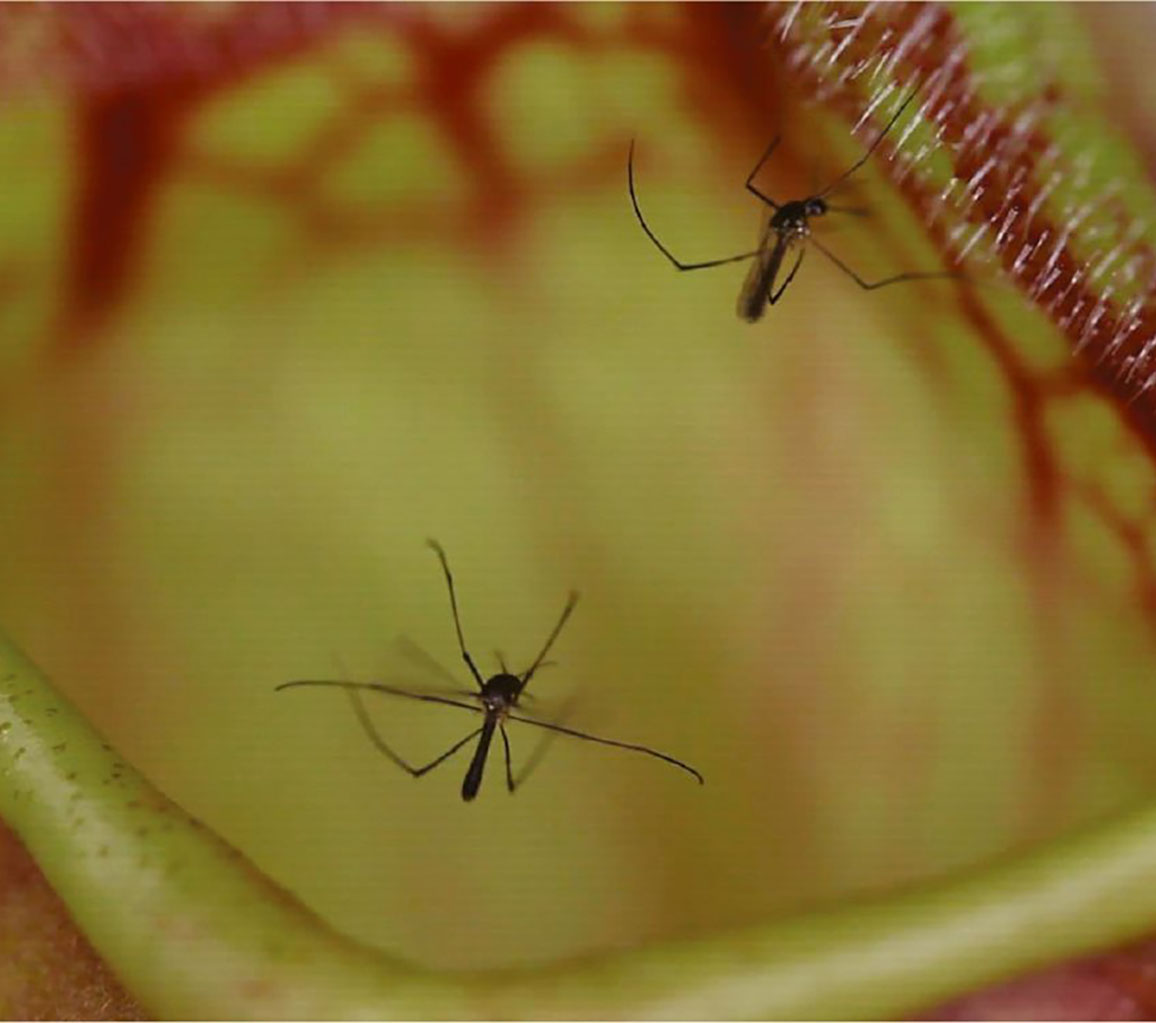

Structural Variation and the Evolution of Sweet Sorghum
Sorghum is the 5th most important cereal crop in the world, and present day varieties have been adapted for very diverse purposes as well as environmental locations, resulting in some strikingly distinct phenotypes. For example, grain sorghum is what most people typically think of when they picture sorghum; these varieties are often relatively short (2-3 ft), mature quickly, and produce large quanitites of seed. But another type of sorghum is Sweet sorghum, which is cultivated for the sugars it produces in its stalk. Sweet varieties can be quite tall (7-8 ft), take longer to mature, and produce fewer seeds. To understand the genetic basis of these (and other) differences, we are looking at:
- Gene rearrangements, gene copy number differences, and genetic divergence within species-specific gene copies between the two types of sorghums
- Gene expression differences, and how structural variations affect expression
- Mutations that are unique to certain populations or geographic regions, suggesting parallel origins of the sweet phenotype






